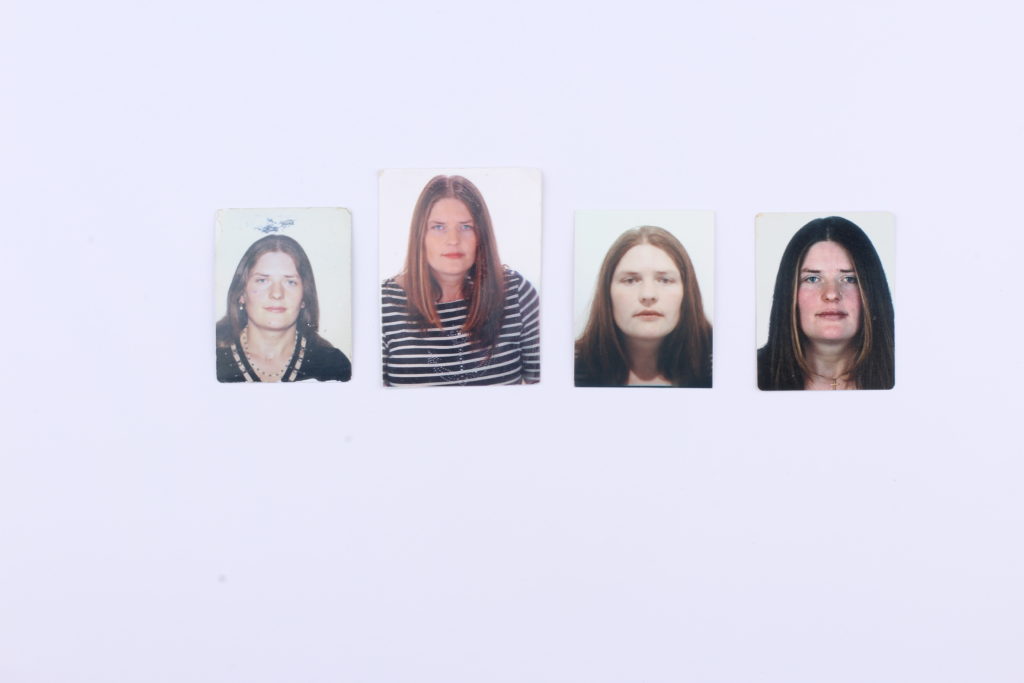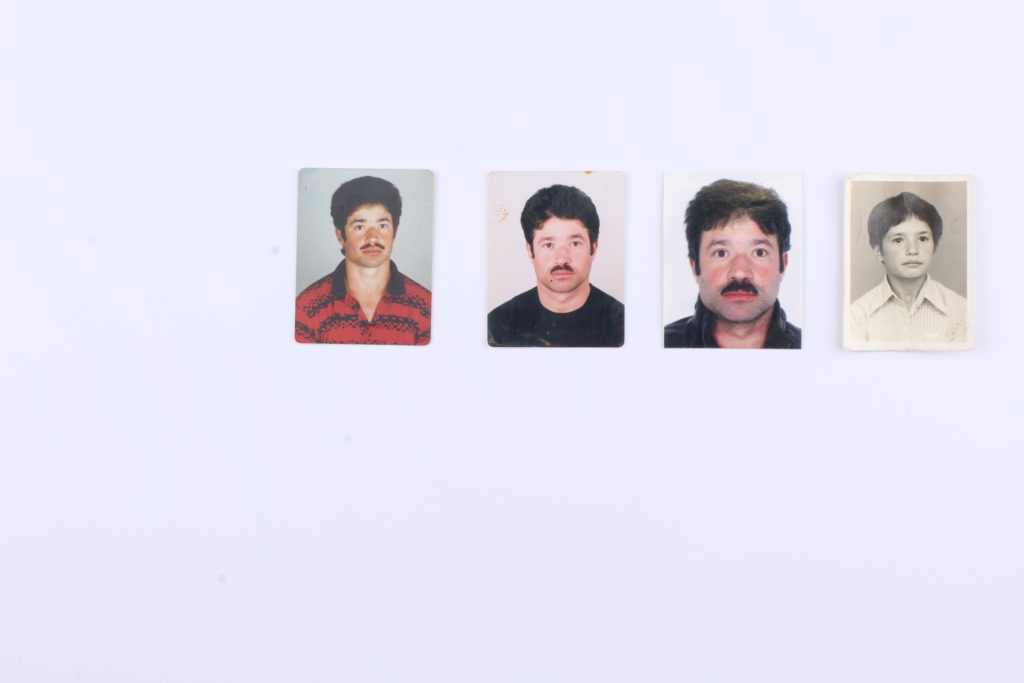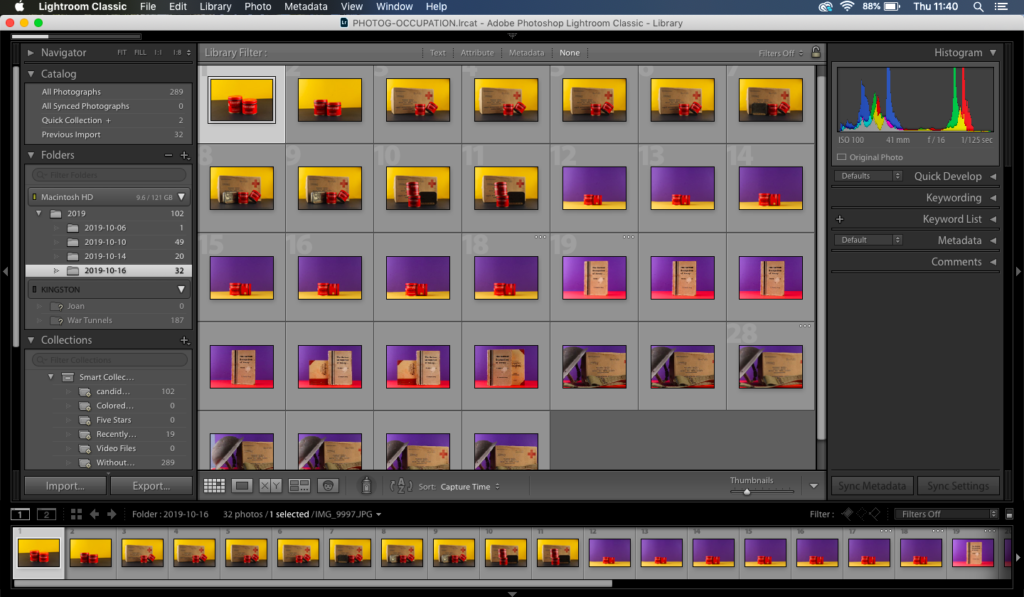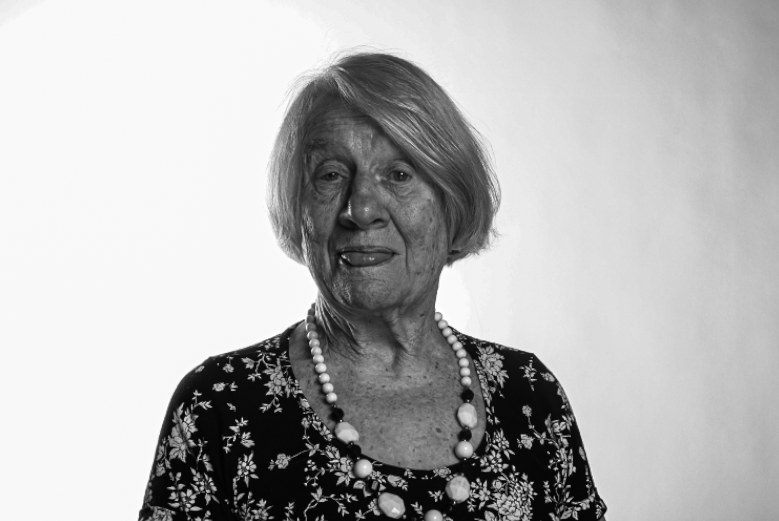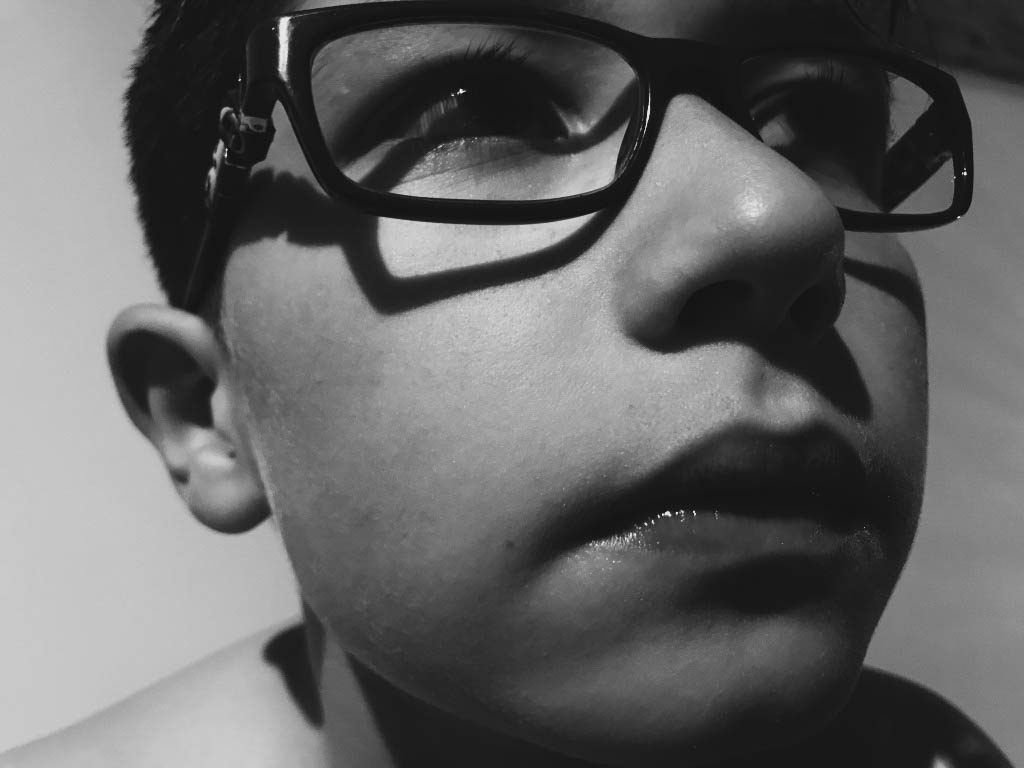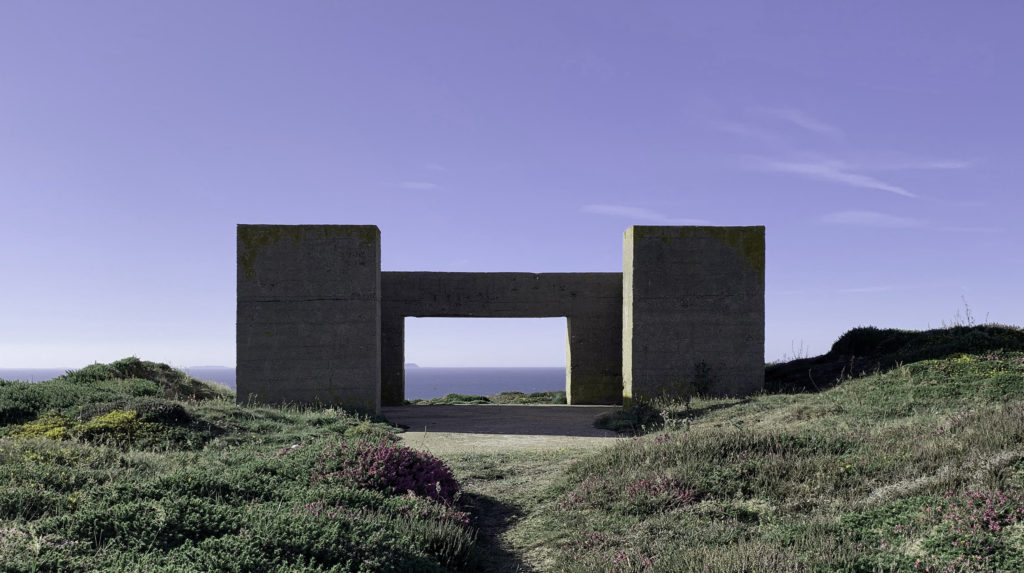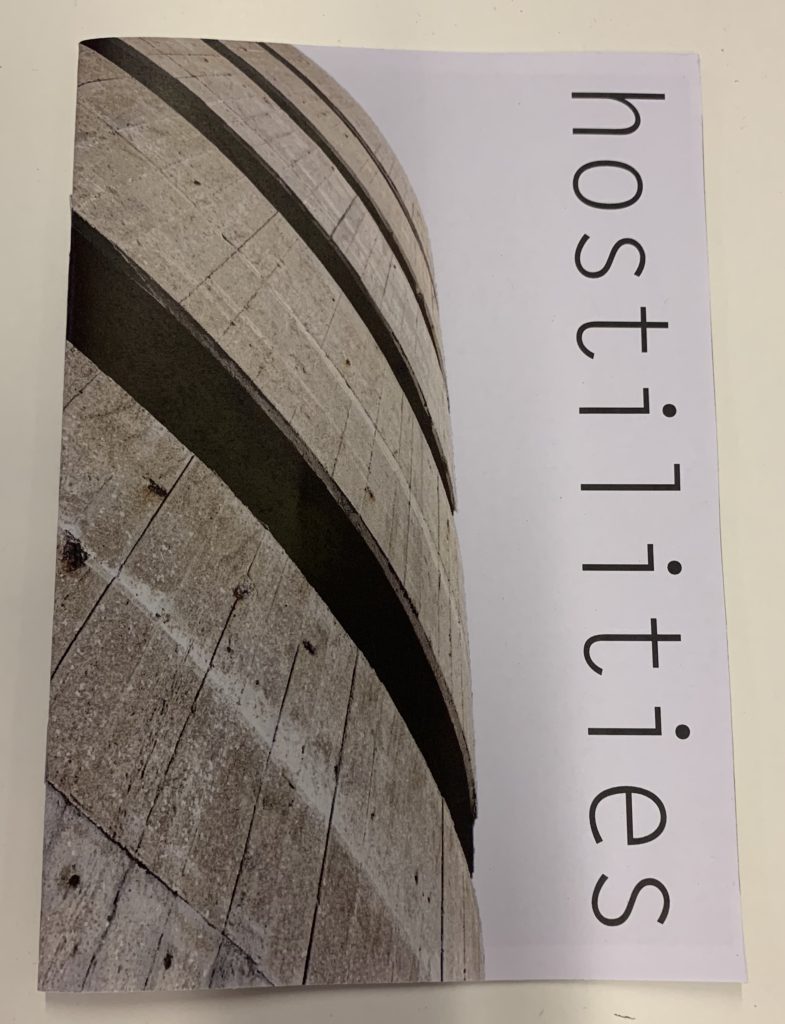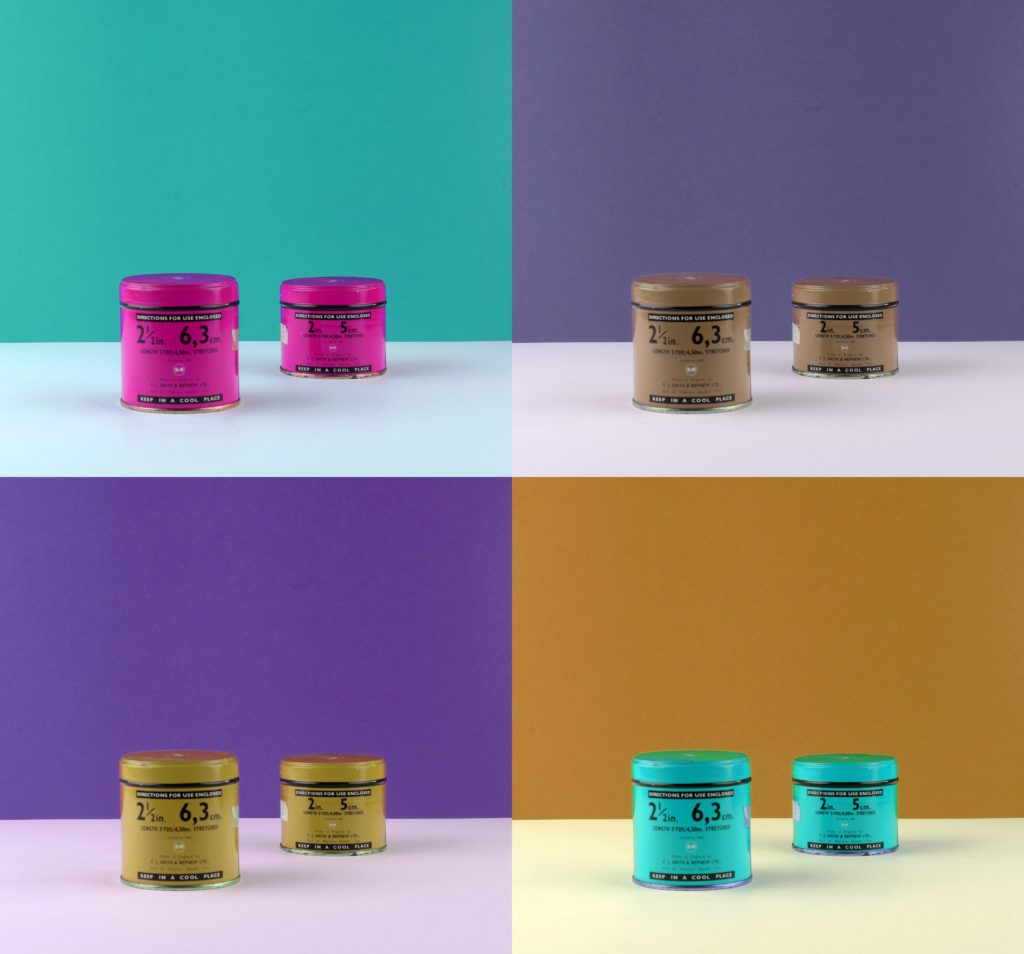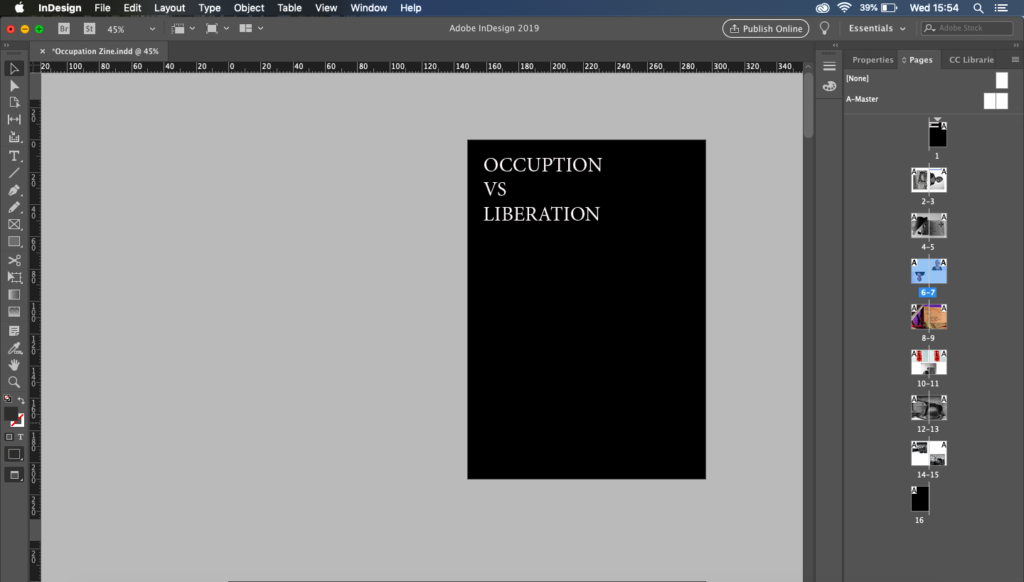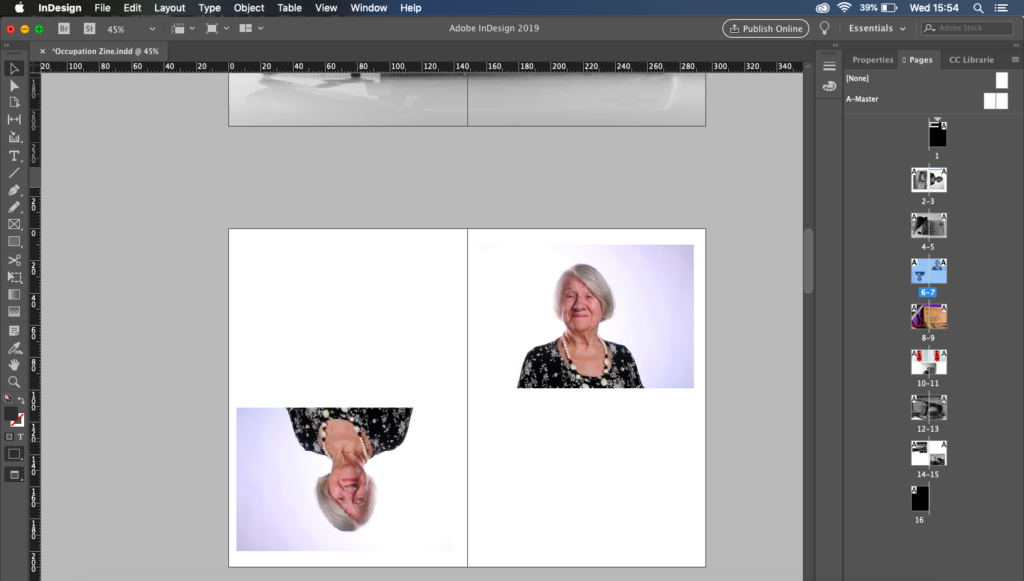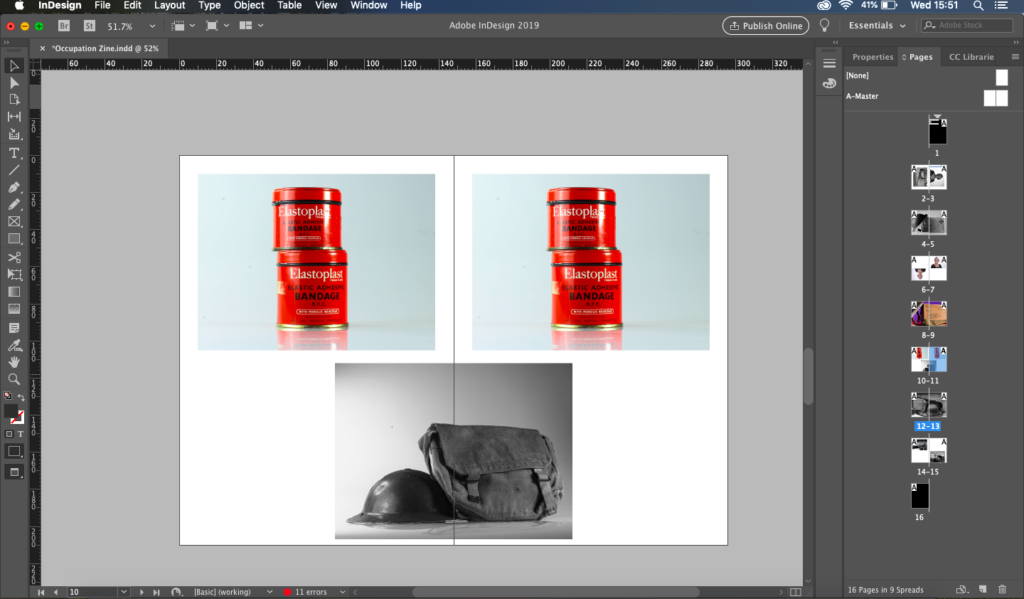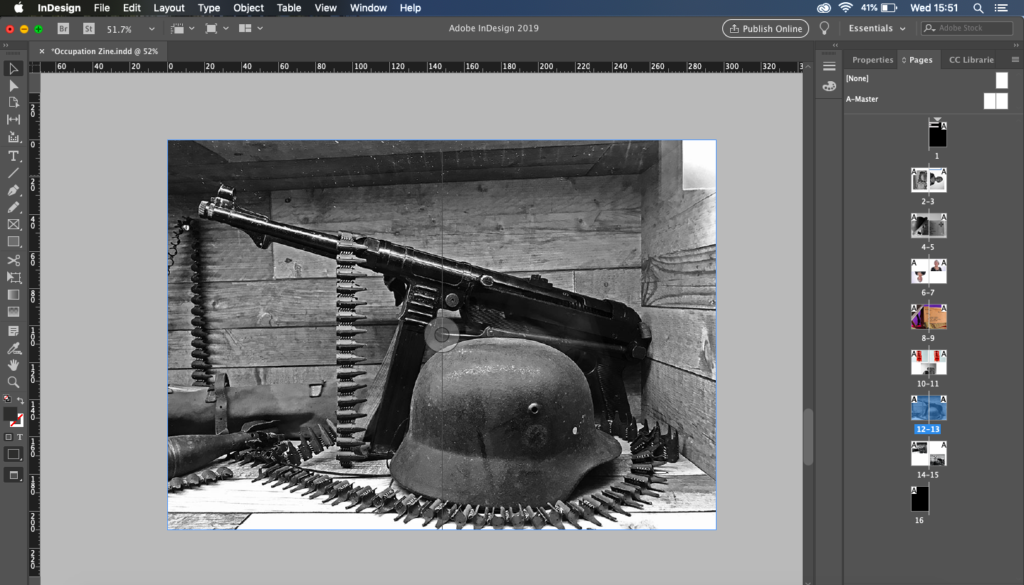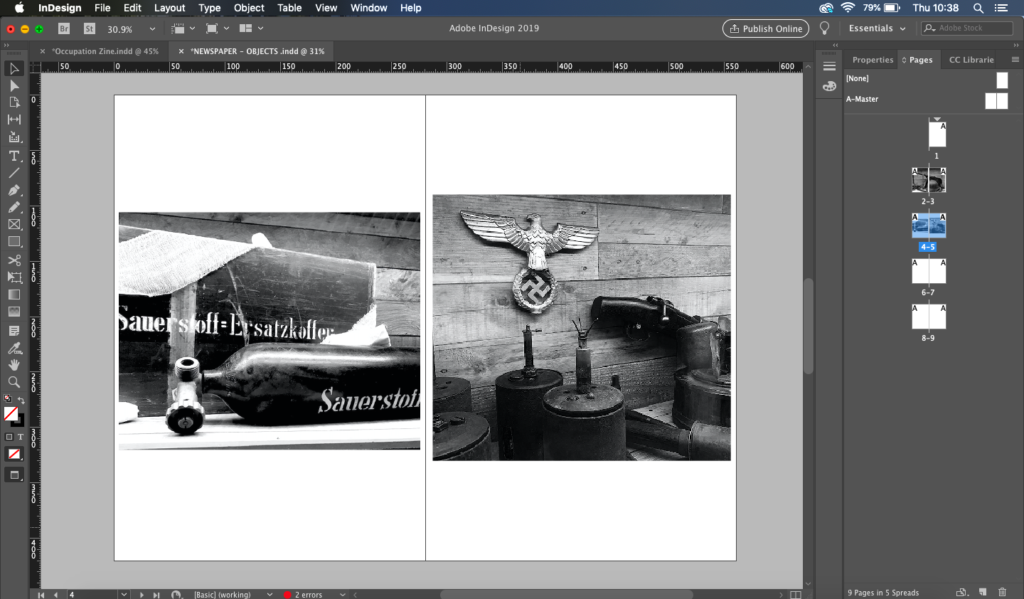
Since my personal study will be related to my family and their immigration to Jersey, I will be researching what their home was like politically and social during the 80s when they left so I can better understand their reasoning for coming to Jersey.
To begin, similarly to Jersey being very closely related to England yet having a certain degree of autonomy, Madeira has the same relationship with Portugal. In order to understand historical context in Madeira, I will also have to research what was happening in Portugal at the time and the effects it had in Madeira.
Portugal was once one of the world’s richest countries when their empire stretched over vast areas in places such as Asia and Africa. Since their wealth was not reinvested into developing their internal infrastructure, over time Portugal and its remaining colonies, especially Madeira, became one of Western Europe’s poorest in the 19th and 20th century. Due to the Portuguese revolution, and the many colonial wars in places such as Angola and Mozambique in aims of independence, the Portuguese economy was seriously struggling.
“Portugal lost an estimated 2.6 million people to emigration, more than any West European country except Ireland” – Source
As a result of this many Madeira locals struggled and lived in poverty, with low job prospects. This lead to many people emigrating in hopes of more opportunities abroad. The emigration “boom” began in the 60s and 70s, but also continued through to the 90s. During this time many Portuguese nationals went to places such as Venezuela, Brazil and England. Some did so illegally in order to avoid military conscription to fight in colonial wars.
“Between 1951 and 1991 the population [in Jersey] increased by 52%, largely as a result of the growth of tourism and then the finance industry. The source of immigrant labor moved from France to Portugal, more specifically Madeira. “ – Source
While different sources disagree on the total size of the Portuguese population of the UK, they agree that there has been a significant increase in migration from Portugal since 2000 , which coincided with a large rise in the Portuguese unemployment rate in the early to mid 2000s.
I was also keen to find out more about the history of Portuguese people in Jersey, as I am aware there is a large community residing on the island. However, it was noticeable that it is not an area of the island’s history that is well recorded. I was able to find some information regarding migration patterns and some statistic’s relating to this on the Government of Jersey’s website.
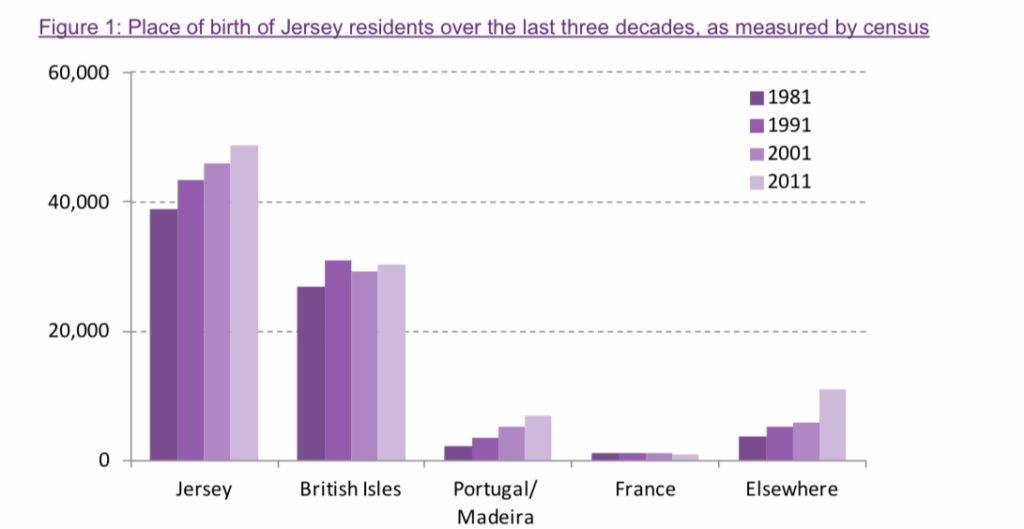
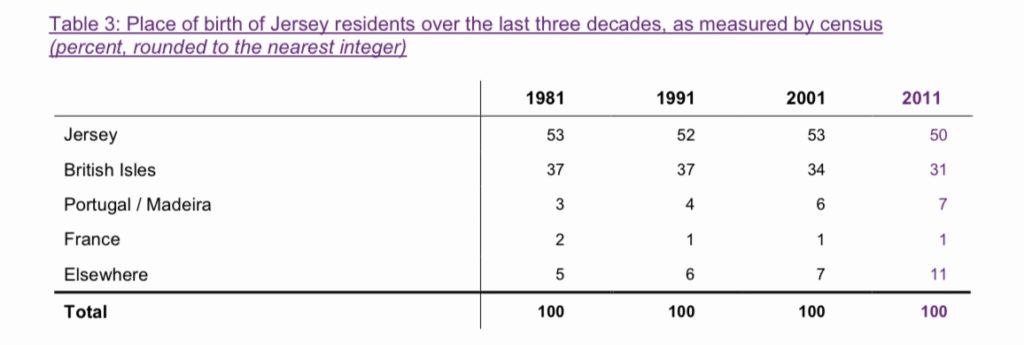
References:
https://en.wikipedia.org/wiki/Portuguese_in_the_United_Kingdom https://www.britannica.com/place/Portugal/Settlement-patterns https://www.britannica.com/place/Portugal/Settlement-patterns https://www.madeira-a-z.com/what-to-do/emigration.html
http://countrystudies.us/portugal/48.htm
https://www.gov.je/SiteCollectionDocuments/Government%20and%20administration/R%20Chapter2PopulationCharacteristics%2020120808%20SU.pdf














